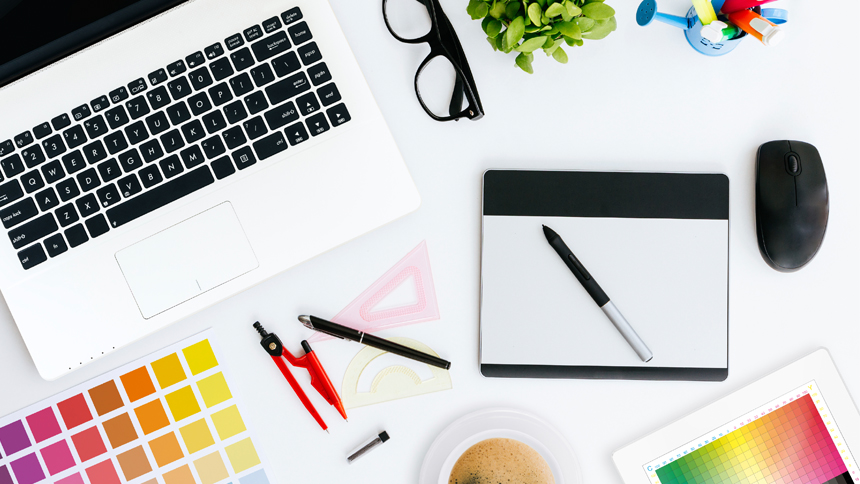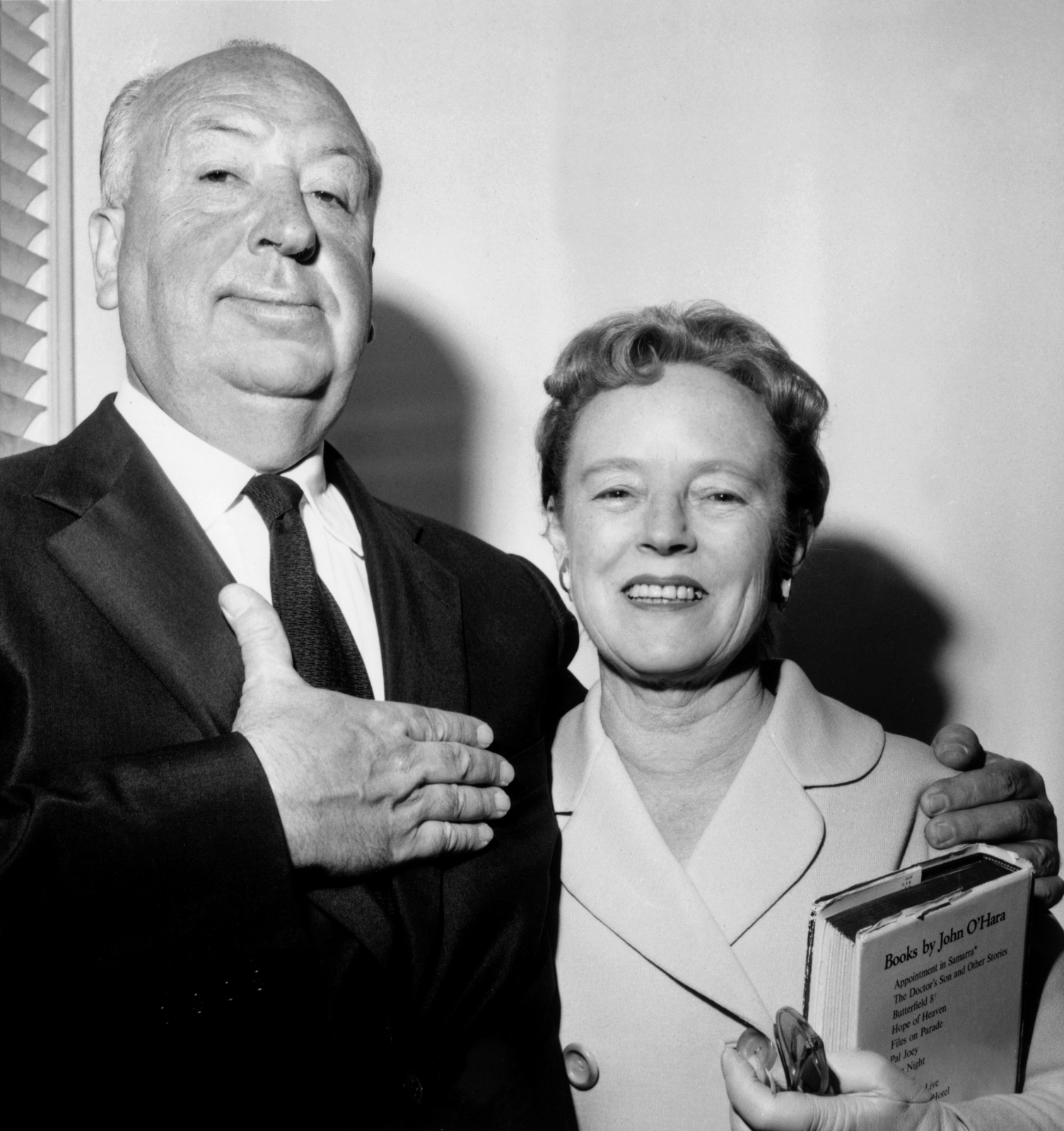The auteur theory is where the director is considered the primary creative force in a motion picture and it's a way of reading and valuing film through the mark of an auteur (author), otherwise known as the director. Andre Bazin founded 'Cahiers du cinema' which is a French language film magazine, in 1951, along with Jacques Doniol-Valcroze and Joseph-Marie Lo Duca. Andre Bazin is known as the father of auteurism due to his obligation of the world-view and the style of Charlie Chaplin and Jean Renoir. The term world-view is how you interpret reality or what you believe to be true. Younger critics who worked with he magazine developed the idea additionally, therefore placing interest on important directors from the Hollywood studio era as well as directors from Europe.
One of the most polemic Cahiers critics, François Truffaut, created the phrase 'Politique des auteurs' and this refers to a mode of film criticism.
Modern Day Aurteurs
Tim Burton
An American film director, producer, artist, writer and animator (born August 25th 1958, California) who is very well known for using gothic, dark and quirky fantasy films and this could be why I consider Tim Burton to be one of the modern day auteur theorists. And as an auteur director, Burton has worked repeatedly with the same people throughout his films such as musician, Danny Elfman who has worked on all but three of Burtons' films. Johnny Depp has appeared in 'Edwards Scissorhands', 'Sleepy Hollow', 'Corpse Bride', 'Sweeney Todd: The Demon Barber of Fleet Street', 'Alice in Wonderland', 'Dark Shadows' and Alice Through the Looking Glass', and as well has acting in a large amount of Burtons' films they have have become really close friends. Actress and former partner of Burton, Helena Bonham Carter has also appeared in quite a few of his films.
- Pee-Wee's Big Advertures (1985) - Adventure/Comedy
- Beetlejuice (1988)
- Batman (1989)
- Edward Scissorhands (1990)
- Batman Returns (1992)
- Nightmare Before Chistmas (1993)
- Edwood (1994)
- James and the Giant Peach (1996)
- Sleepy Hollow (1999)
- Planet of the Apes (2001) - Sci-Fi
- Big Fish (2003) - Fantasy/Drama
- Corpse Bride (2005)
- Sweeney Todd: The Demon Barber of Fleet Street (2007)
- Alice in Wonderland (2010) - grossed a total $1 billion
- Dark Shadows (2012)
- Frankenweenie (2012)
- Alice Through the Looking Glass (2016)
Burton has also wrote and illustrated a poetry book called the 'Melancholy Death of Oyster Boy & Other Stories' (1997), and 'The Art of Tim Burton: The Things You Think About in a Bar' (2015), where there are compilations of his sketches that he drew on napkins. Burton also directed a number of episodes for the revitalised version of 50s/60s anthology horror series, 'Alfred Hitchcock Presents' and 'Shelley Duvall's Faerie Tale Theatre. He has collaborated with actress Winona Ryder a couple of times in 'Edward Scissorhands' and 'Beetlejuice'. Burton has also been seen to collaborate with Henry Selick in the stop motion animation, Roald Dahl classic, 'James and the Giant Peach' (1996).
Tarantino is an American film producer, director, screenwriter and actor. Tarantino is known for his non linear story lines, violence, gore, staring in his own films, features from neo-noir films, soundtrack from 60s to the 80s, extended scenes of dialogue and references to popular culture. Tarantino's career began in the late 80s when he wrote and directed 'My Best Friend's Birthday', which was a screenplay which formed the plot line for 'True Romance'. He then directed his first film as an independent film maker, 'Reservoir Dogs' (1992), where it was described to be a classic and cult hit and the greatest independent film of all time by Empire. Pulp Fiction was the next film Tarantino directed in 1994 and this film was described to be the greatest film by Entertainment Weekly from the year 1983 to 2008 and it was a very successful film indeed. Tarantino next adapted the novel 'Rum Punch' so the film 'Jackie Brown' was filmed and released in the year 1997. The chart below shows a large number of actors and actresses in which Tarantino has collaborated with, more than two times in his most successful films including, Uma Thurman, Bruce Willis, Helen Kim and Samuel L. Jackson.
As well as being a successful director, Tarantino is a well accomplished actor, starring both in many of his own films and in others. For example:
- Pulp Fiction (1994)
- Django Unchained (2012)
- Reservoir Dogs (1992)
- Jackie Brown (1997)
- From Dust Till Dawn (1996)
- Kill Bill: Volume 1 (2003)
- Kill Bill: Volume 2 (2004)
- Sin City (2005)
So far Tarantino has received two Academy Awards, two Golden Globe Awards, two BAFTA Awards and he was nominated for an Emmy and a Grammy.
An auteur director is usually seen to work with the same people and Alfred Hitchcock worked with these people:
- Saul Bass
- Edith Head
- Bernard Herrmann
- Alma Reville
Saul Bass
He was a graphics designer and he worked with Stanley Kubrick, Otto Preminger, Billy Wilder and Martin Scorsese and many of Alfred Hitchcocks' credits for his films and he was described as being incredibly gifted. Working with film director Otto Preminger, Saul Bass designed the titles for drama/romance film, The Man With The Golden Arm (1955), in which starred Frank Sinatra, Kim Novak and Eleanor Parker. He advertised and designed the titles for Hitchcock's North By Northwest (1959), Vertigo (1958), and Psycho (1960). His work were very psychedelic creations, which described the plot and ideology of these films perfectly. Saul Bass believed in grabbing the audiences attention with the very first frame in the titles. Saul Bass has also designed a number of advertisement logos that became some of the most recognisable of the time, for example:- The original AT&T "bell" logo (1969)
- He also designed AT&T's "globe" logo (1983)
- He them designed Continental Airlines' "jetstream" logo (1968)
- United Airlines "tulip" logo (1974)
And another title Saul Bass designed was Billy Wilder's, The Seven Year Itch, which stars the most famous and successful female in the film and model industry.
Edith Head
Edith Head's career began in 1921 as a costume designer and over her career she worked in hundreds of films for both Universal and Paramount Pictures and won a total of eight Oscars. Costume designers are story tellers, she could interlace the personality, class, and wealth of a certain character through the clothes they were in; and also whether it was day or night.
Edith Head worked on a total of 11 films with Hitchcock, though the first time she collaborated with Hitchcock was in the year of 1946 for the film Notorious. Edith Head enjoyed designing costumes for actresses both while filming and outside for their daily lives, and she says she likes to give people the confidence to wear the garments she made with joy.
The most iconic moment for Head was for the film 'Rear Window' where she intelligently designed the costumes that appeared near the beginning of the film, so men and women were seen wearing cotton fabrics and pyjamas. Whereas, when Grace Kelly's character appeared, she stood out from everybody else in her white and black cocktail dress. She worked with Hitchcock again in 'The Man Who Knew Too Much' with the actress Dorris Day, she was especially virtuous with layering and costumes that insinuated the characters were travelling, though the use of belts and scarfs.
Vera Miles was supposed play the character Judy Barton in the popular Hitchcock film, 'Vertigo' but she fell pregnant before filming and left so she was replaced by Kim Novak. She told Hitchcock she specially didn't was to wear the colour grey and Hitchcock replied, you can wear any colour as long as it's the colour grey. Head was described as the bridge between the actors and the directors.
Bernard Herrmann
Bernard Herrmann, born Max Herrmann, composed and conducted the scores for Hitchcock and other directors, and the score used for Vertigo is described as the one of the best scores ever. Herrmann said that Hitchcock only does 60% of the film; and he completes the rest of it. He also made an appearance as the conductor, in Hitchcock's 'The Man Who Knew Too Much'.
Herrmann played a very important role as the conductor as he one the one to fully capture the emotional state of characters, even without any speech, as whilst using important musical features such as tremolos crescendos to build and create tension. The following list are the films Herrmann has created a score for:
- The Man Who Knew Too Much
- Psycho
- North by Northwest
- Vertigo
- The Day The Earth Stood Still
- Cape Fear
- Taxi Driver
- The Devil And Daniel Webster
- Citizen Kane (the first film he wrote his first score for)
- The Ghost And Mrs. Muir
Alma Reville
Alma was the most important person both in Hitchcock's work life and his personal life, she was his "muse" and his collaborator. She was a editor and script writer for Hitchcock's films and 'Shadow of a doubt' was her favourite film that she and Hitchcock worked on.













